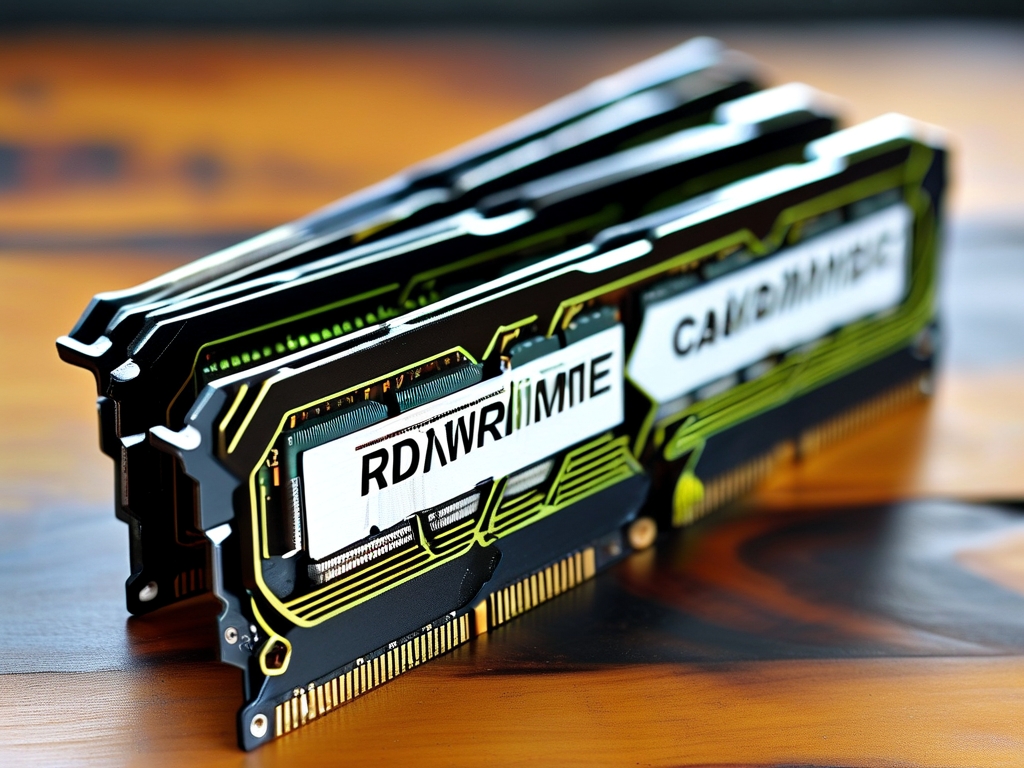Dual-rank memory modules are a common component in modern computing systems, offering a balance between performance and cost. However, understanding how their capacity is calculated can be confusing for both beginners and experienced users. This article will demystify the technical aspects of dual-rank memory capacity calculation, explaining the role of memory chips, ranks, and channel configurations.

What Is a Dual-Rank Memory Module?
A memory module (e.g., DIMM) consists of multiple memory chips organized into logical units called "ranks." A rank is a group of chips that operate together to deliver data to the memory controller. A single-rank module has one set of chips activated at a time, while a dual-rank module splits its chips into two independently addressable groups. This design allows the memory controller to switch between ranks, improving efficiency in certain workloads.
Key Components Affecting Capacity
- Memory Chips: Each chip has a defined storage capacity (e.g., 8 Gb).
- Chip Density: The number of bits per chip (e.g., 8 Gb = 1 GB).
- Ranks: The number of independent groups on the module.
- Bus Width: The data width per rank (typically 64 bits for consumer DDR modules).
Capacity Calculation Formula
The total capacity of a dual-rank module is calculated as:
[
\text{Capacity} = \left( \frac{\text{Chip Density (in bits)} \times \text{Number of Chips per Rank}}{\text{Bus Width}} \right) \times \text{Number of Ranks}
]
Step-by-Step Example
Let’s break down a 16 GB dual-rank DDR4 module:
- Chip Density: Assume each chip is 8 Gb (1 GB).
- Chips per Rank: A 64-bit bus requires 8 chips (8 chips × 8 bits = 64 bits).
- Number of Ranks: 2 (dual-rank).
- Calculation:
[ \left( \frac{8 \text{ Gb} \times 8}{64} \right) \times 2 = \left( \frac{64 \text{ Gb}}{64} \right) \times 2 = 1 \text{ GB} \times 2 = 2 \text{ GB per rank} \times 2 \text{ ranks} = 16 \text{ GB}
]
Note: This example uses 8 Gb chips. Actual values may vary based on chip specifications.
Why Dual-Rank Modules Matter
- Performance: Dual-rank modules can improve bandwidth utilization by interleaving accesses between ranks.
- Scalability: They allow higher capacities without increasing the physical number of modules.
- Compatibility: Some systems (e.g., servers) require specific rank configurations for optimal performance.
Common Misconceptions
- Dual-Rank vs. Dual-Channel: Ranks relate to the module’s internal structure, while channels refer to the motherboard’s memory controller setup.
- Capacity ≠ Doubled: A dual-rank module doesn’t inherently double capacity; it depends on chip density and rank organization.
Practical Considerations
- Motherboard Limitations: Older motherboards may not support high-density dual-rank modules.
- Overclocking: Dual-rank modules often have slightly higher latency, affecting overclocking headroom.
- Workload Suitability: They excel in multi-threaded applications but may offer minimal gains in single-threaded tasks.
Calculating the capacity of a dual-rank memory module requires understanding the interplay between chip density, ranks, and bus width. By mastering these concepts, users can make informed decisions when upgrading or configuring systems for specific workloads. As memory technology evolves, dual-rank designs will continue to play a critical role in balancing performance, capacity, and cost.

